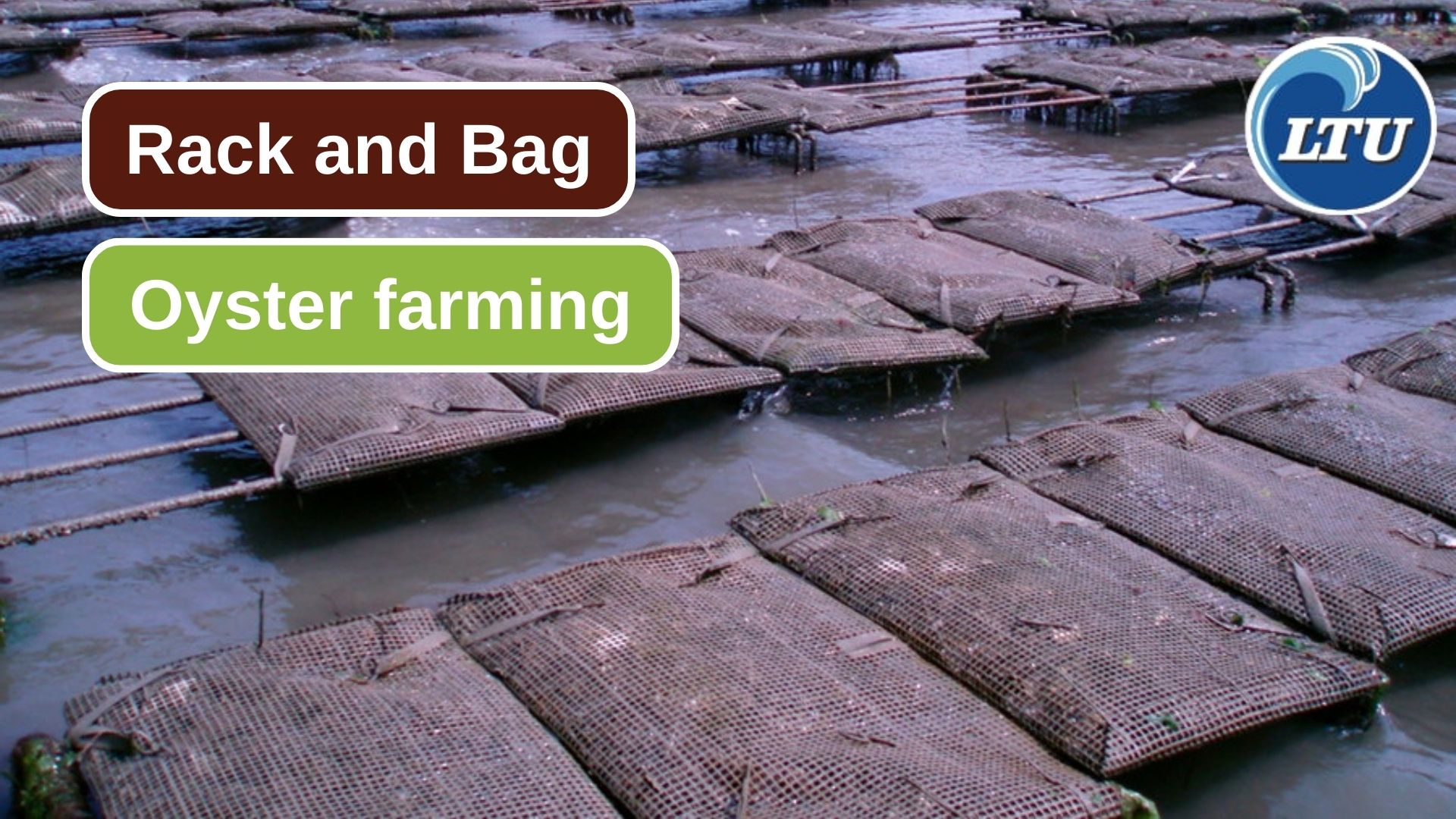Here’s How Rack and Bag Culture for Oyster Farming Works
By. Nevanda - 04 Sep 2023
lauttimur.com - Rack and bag culture is a method of oyster farming that involves suspending oysters in mesh bags or cages above the seabed or estuary floor. This method is commonly used in areas where the natural substrate is unsuitable for oyster growth or to protect oysters from predators and fouling organisms. Here's how rack and bag culture works:
1. Site Selection
The first step is to select a suitable location for rack and bag oyster farming. Typically, this involves choosing an area with the right water quality, temperature, and salinity for oyster growth. It should also be relatively sheltered to protect the racks and bags from strong currents and wave action.
2. Installation of Racks
Racks are typically constructed from sturdy materials like wood or metal, and they are designed to support the weight of the oyster bags while keeping them suspended above the seabed. These racks are installed in the selected location, usually at a depth where they will be submerged during high tide and exposed during low tide.
3. Placement of Mesh Bags or Cages
Oyster spat (young oysters) or seed oysters are placed inside mesh bags or cages. These bags or cages are then hung from the racks. The mesh allows for water circulation while preventing the oysters from escaping or being preyed upon by predators. Oysters are usually spaced apart to ensure they have room to grow.
4. Growth and Maintenance
As the oysters grow, they feed on natural plankton and suspended particles in the water. Regular monitoring and maintenance are essential during this phase. Farmers need to check for fouling organisms, which can clog the mesh and limit water flow, and remove any dead or damaged oysters. Oysters may also be tumbled or shaken periodically to promote even growth and shell development.
5. Harvesting
Oysters are typically ready for harvest when they reach market size, which can vary depending on the species and local market demand. Harvesting is usually done by removing the bags or cages from the racks during low tide. Oysters can be harvested individually or by cutting the bags open to release them. Harvesting may be done using hand tools or machinery, depending on the scale of the operation.
Read also: How to Make Homemade Octopus Salad
6. Grading and Packing
After harvesting, oysters are often graded based on size and quality. They are then cleaned and packed for market. Oysters can be sold live in the shell, shucked, or processed into other seafood products.
7. Maintenance and Farm Rotation
To prevent overgrowth of fouling organisms and to maintain water quality, farmers may rotate oyster bags to different locations or clean and refurbish the bags as needed. Proper maintenance and farm rotation practices are crucial for sustained productivity.
Rack and bag culture allows for good water circulation, protection from predators, and the ability to grow oysters in areas with poor substrate conditions. It is a popular method for cultivating oysters, especially in regions where traditional bottom culture may not be feasible or practical.








